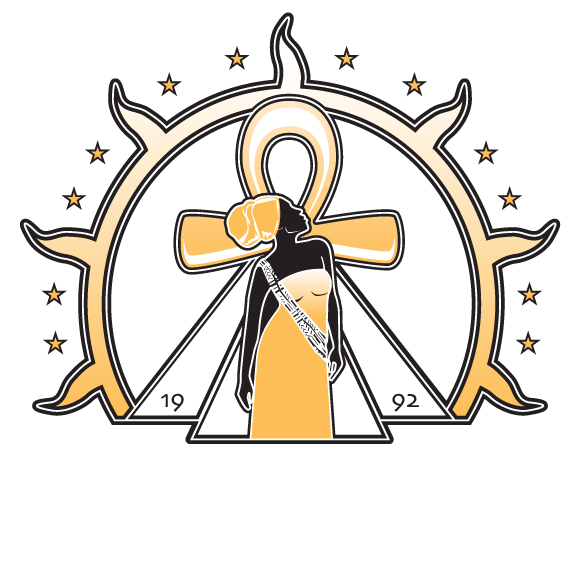
History
On December 3, 1992, Dr. Dalton, authorized the founding of SISTUHS on the campus of Florida State University in North Florida, by the commissioning of the aforementioned memorandum, which entitled the members to convene and execute business under the title of SISTUHS.
Dr. Jon Dalton issued a Memorandum that declared:
“in accordance with the provisions of the Board of Regents Rule 6C-6/011 and applicable Florida State rules, the following named student organization is (SISTUHS) hereby registered at Florida State University.”
The purpose of SISTUHS was and is, to foster an environment conducive to learning about the history and role women of color have in this society; develop local leadership to respond to the community needs, particularly those of women. The organization thrives on the idea that individuals will not be discriminated against when applying for membership into SISTUHS.
SISTUHS aimed to be an organization open to all students attending Florida State University, particularly those who are interested in acquiring knowledge about women of color, their history, and enhancing the survival and well being of women of color.
The founders of SISTUHS are Akiba Jackson and Germaine Smith-Baugh.
Mission: To improve the social disposition of underrepresented populations through community service, education, and other social services in our respective communities.
Vision:
Increasing political and social agency of African Americans
Increasing awareness of issues facing the African American community in local and global media
Increasing knowledge about and resources within African American communities to support self sufficiency
Increasing positive representation of African Americans
Increasing opportunities for higher quality of life through education, specifically
Increasing high school graduation rates of underperforming students
Increasing college enrollment and retention of African American students
Increasing access to educational and career building resources, and
Redressing health disparities and the subsequent effects
Providing culturally appropriate health programming
Raising awareness to the structural factors that require societal change to increase healthy lifestyle behaviors
Creating personal behaviors and community facilities that promote healthy habits


